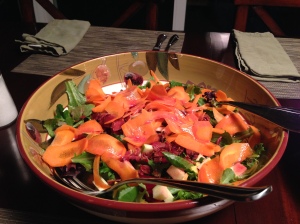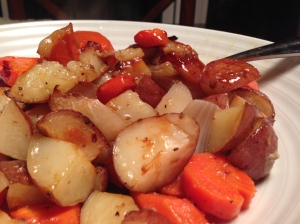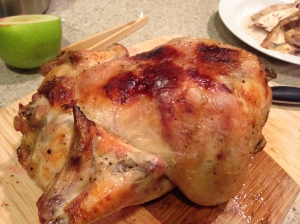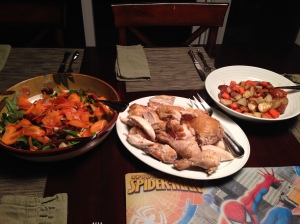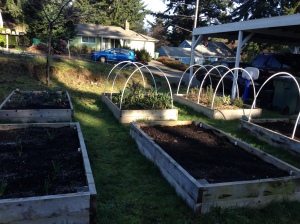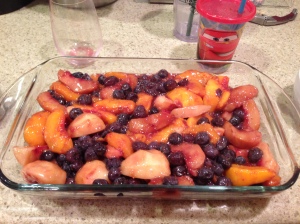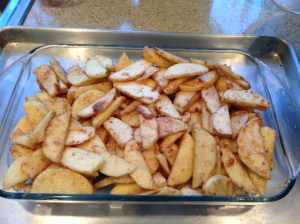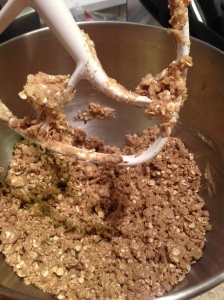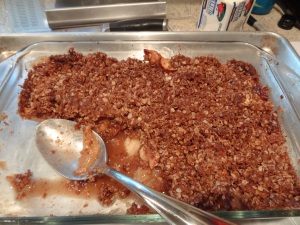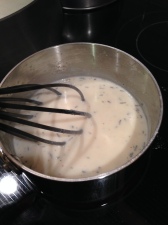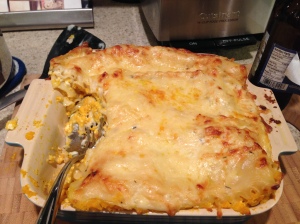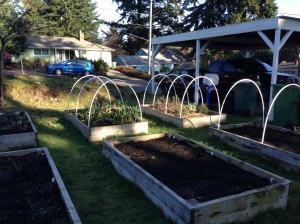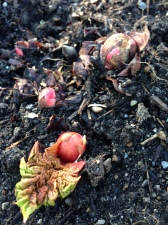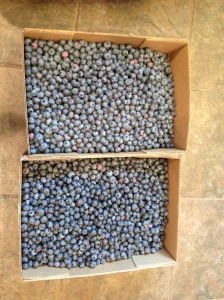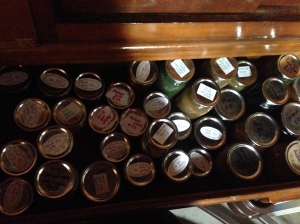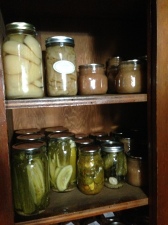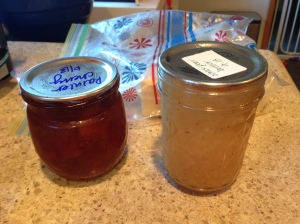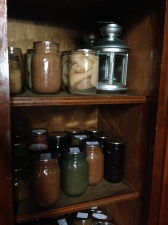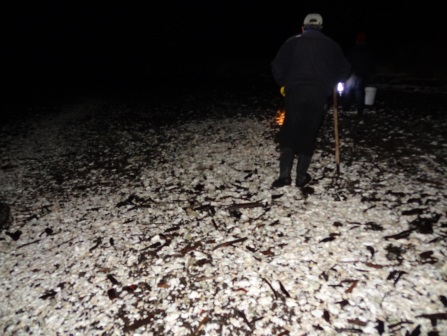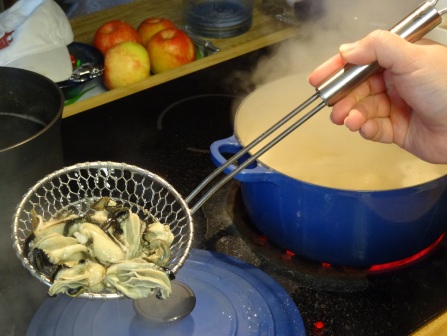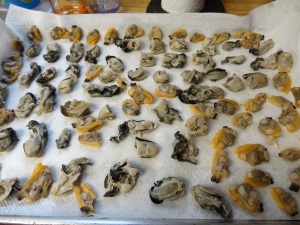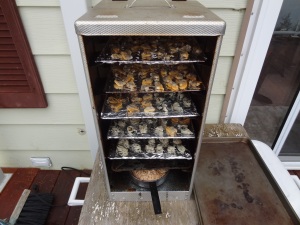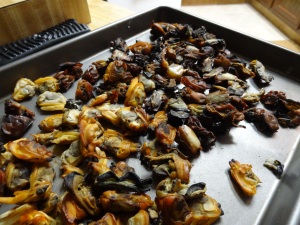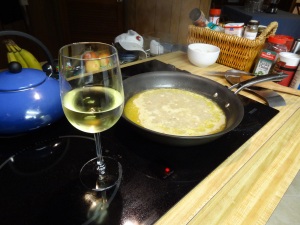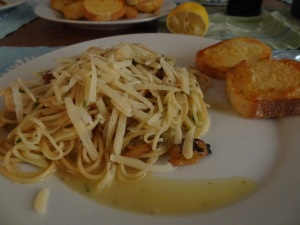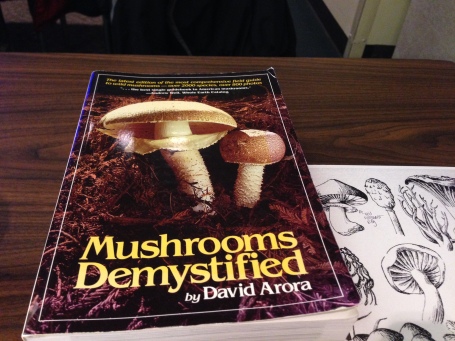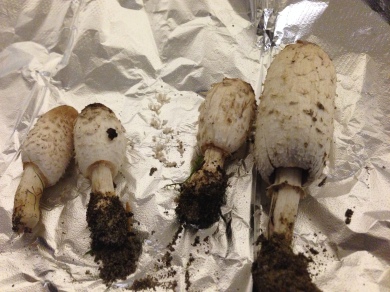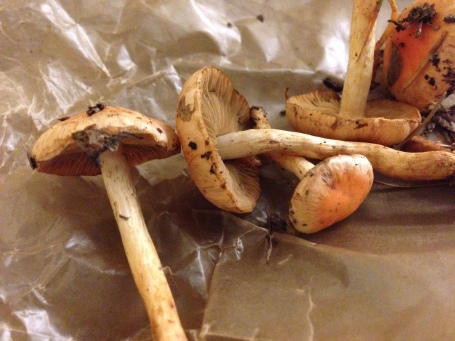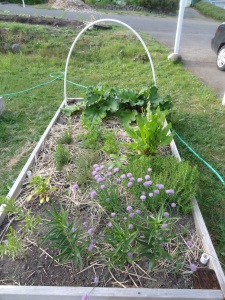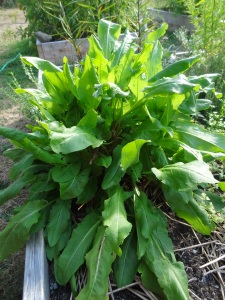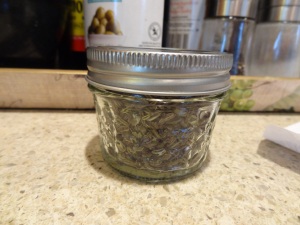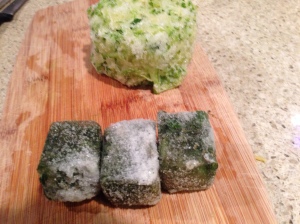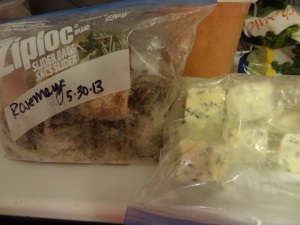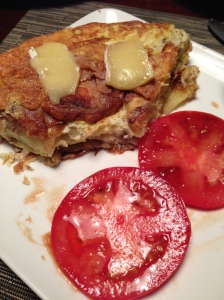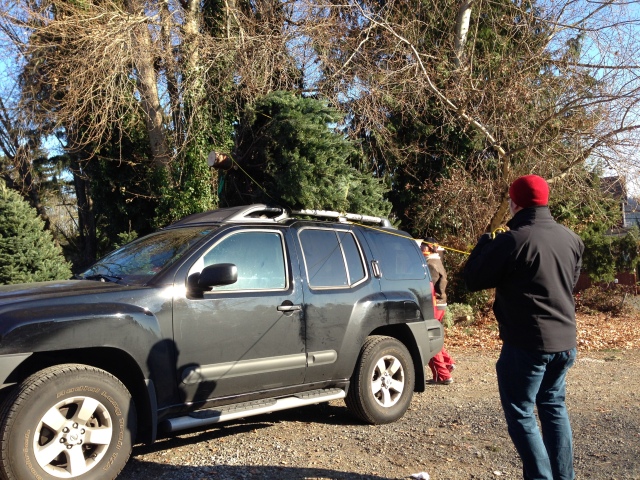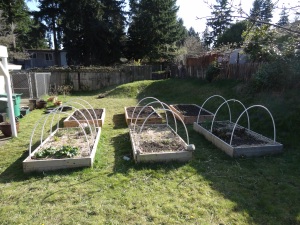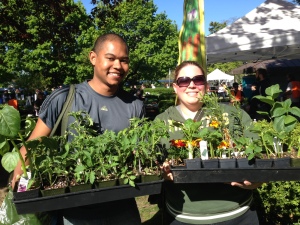The people in my family are big on comfort food. All three of us have favorites that we never get tired of. The toddler loves pho, eggs and all kinds of fruit/berries and eggs. Me, I could eat lasagna or mashed potatoes any day of the week. For my hubs, at the top of his list is roast chicken. I started making it about 5 years ago when we first moved to Seattle. I was on this weird kick where I was trying to cook foods that I hadn’t grown up with, forcing myself to cook outside the comfort zone that my mom taught me. My mom was a boneless, skinless chicken breast person, and for a long time that’s all I made.
Then I read a whole lot of books. I read the Omnivore’s Dilemma by Michael Pollan, Fast Food Nation by Eric Schlosser and Animal, Vegetable, Miracle by Barbara Kingsolver. These books changed my life and my whole perspective on food. Looking back I realize how ridiculous I got, but I made the hubs and I do a locavore diet in JANUARY. Do you know how much fresh, local stuff you can get in January???
It was hard, and we did it for about 6 months, but it was totally worth it. I went on an organic crusade that I still can’t seem to let go of, and most importantly I began to care about where my meat came from. I was that person in Portlandia asking if the chicken I was buying had a “happy life.”
My focus turned to quality and thinking about what was important to me about the food my family ate. Ultimately my experiments led us to a few key principles that still govern our eating today:
1. We buy what’s in season. This is HUGE at our house. We do not eat fresh strawberries or blueberries in February. We also only eat fresh tomatoes during the summertime. I find that we now get really excited about the changing seasons and we truly enjoy things when they are in season. We also do a lot of freezing, drying and canning to preserve things when they are abundant and taste their best. I think Rainier cherries are the perfect example of this. Many people in the country will never get to try our amazing cherries fresh, they’re too delicate, so if they do get flown across the country they get crazy expensive. During early summer everyone I know in the Pacific Northwest eats Rainier cherries with gusto. They taste incredible!
2. We don’t buy produce from Mexico or South America. For the most part we choose products that are from Washington, Oregon, Idaho, Montana and British Columbia. Our next layer is California, then the rest of the US. I will sometimes get kiwis from New Zealand or Pineapples from Costa Rica, but it’s rare. The stuff from here just tastes better and I’d prefer to support my people.
3. During the summer, we try to hit up the Farmer’s Market every week. We also like to go to the U-Pick places for berries and such. Again, I just like to keep it local and in season.
4. We don’t buy more than we can eat. My hubs HATES throwing out food, something I was terrible about until we started living together. I have seen the man eat literally stale, rotten, moldy, gross food [Hubs’ note: I cut off the rotten and moldy parts.] just so that it won’t get thrown out and be wasted. So, I have learned to become creative and cook what we have on hand. I’ve also learned to menu plan. But, I think the biggest change is I don’t cook to feed an army anymore; I have a better sense of appropriate portions and use all leftovers to make lunches. I personally hate eating day-old salad–I absolutely refuse to eat it–which means I’ve learned how to make the right size salad for the meal (TOUGH lesson to learn).
5. We buy only meat and dairy products that are hormone- and antibiotic-free. Period.
All this brings me back to my chicken, the hubs’ favorite roast chicken. This recipe has evolved over the past 5 years into what I think is an amazing dinner. All it needs is a side salad or some roast broccoli and you have a meal your family will devour.
Roast Chicken with Vegetables
1 4- to 5-pound whole chicken (preferably one that was humanely raised)
1 Tablespoon kosher salt
0.5 Tablespoon freshly ground pepper
0.5 teaspoon baking powder
2-3 pounds of vegetables cut into large chunks (carrots, potatoes, butternut squash, onion and beet are preferred)
2 Tablespoons olive oil
Directions
1. Heat oven to 400 degrees.
2. Cut up your veggies into large chunks, try to make them fairly equal so that they will cook at the same rate. Put them onto a cookie sheet, pour olive oil on top, give them a mix and then spread them out into a single layer.
3. Mix salt, pepper and baking powder into a small bowl. The baking powder can be omitted, but it helps the chicken skin dry out and get nice and crispy.
4. Set the chicken breast-side down on top of the vegetables and sprinkle/rub the salt mixture onto the skin. Turn the chicken breast-side up and get that side as well. You don’t have to use all the salt mixture, but it’s OK if you do.
5. Put the chicken in the oven breast-side up for 30 minutes, then turn it over breast-side down and cook for an additional 30 minutes.
6. Check the temperature of the thigh meat and the breast. You want it to be 165 degrees. If it’s not there yet, stick it back in the oven for 10 mins. Repeat this until the chicken is done.
7. Once the chicken hits 165 degrees, take it out of the oven and place it on a cutting board and allow it to rest for 10 minutes.
8. While the chicken is resting, use a slotted spoon or spatula to lift the veggies off the cookie sheet and into a bowl. Leave the juice on the cookie sheet. You likely will not need any salt or pepper on the veggies; they will be well flavored from all the chicken goodness.
9. Carve your chicken and serve while warm.


